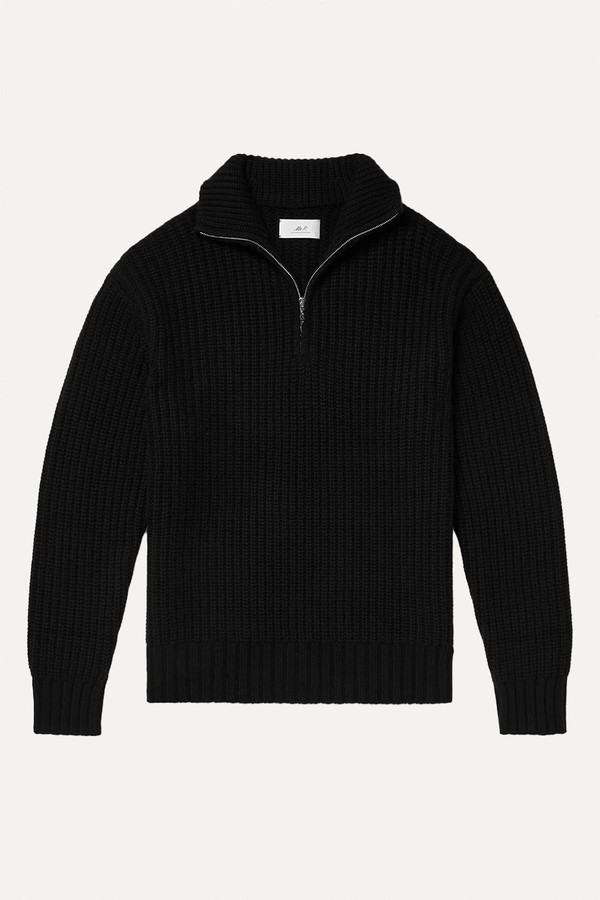

Winter’s Best Knitwear & How To Look After It
Good knitwear has always offered tactility, durability and warmth. This year’s best pieces are a little more fashion-forward too. Here they are – along with some pro tips for lifemaxxing all your woollens.
All products on this page have been selected by our editorial team, however we may make commission on some products.
How often should you wash knitwear?
Frej Lewenhaupt, Steamery: Cashmere is self-cleansing and does not require frequent washing. Air out any wool garments to minimise washing. When washing, make sure to always follow the instructions on the care label, wash by hand, or choose a gentle wool cycle and a low temperature.
When should you use dry cleaning?
Laura Smail, Kiltane: If the label says ‘Dry Clean Only’, this usually means the knit has delicate fibres, special finishes, linings or trims which could distort with water and agitation – for example, complex or structured knitwear such as coats or tailored knit jackets. High-value fibres such as 100% cashmere, mohair or angora can be hand-washed safely, but if you’re unsure or the garment is very fine, dry-cleaning is the safest route. Dry cleaning can refresh fibres and remove deep odours (smoke, perfume, food) without exposure to water.
Do you have to look after different fibres in different ways?
Laura: We recommend handwashing our cashmere knitwear at a low temperature (30°C) and that you avoid wringing or rubbing the cashmere dry. Instead, lay the garment flat to dry on a towel, and shape it back to its original form. Once the cashmere is dry, gently press with a cool iron. We advise caring for your lambswool products in the following ways: carefully handwash the garment at a low temperature (30°C) with a mild detergent and rinse in lukewarm water after. Handle your lambswool with care, and do not wring or scrunch. Reshape the lambswool. To dry, reshape the lambswool to its natural shape and lay flat to dry away from direct heat or sunlight. Do not tumble dry. Once dry, gently press with a cool iron.
Pilling. What is it? And how do you rectify it?
Laura: After multiple wears, you may find small balls of fibre ‘pills’ appearing on the surface of your garment. As cashmere is a delicate fibre, it’s normal for pilling to occur with continued wear and friction. To remove these balls, we recommend gently combing the cashmere or removing them by hand. Gently comb your cashmere to remove small balls of fibre from the surface.
Can you reverse shrinkage?
Frej: If a wool or cashmere knit has shrunk, you can sometimes relax the fibres and regain a bit of size by soaking the garment in lukewarm water with hair conditioner or a wool-relaxing product, then gently stretching the garment back to shape while wet and drying flat.
Where does steaming fit into all this?
Frej: Using a steamer instead of frequent washing is one of the most caring things you can do for your knitwear. Every wash, no matter how gentle, stresses the fibres, colours fade, shapes distort, and delicate yarns start to pill. Steaming, on the other hand, refreshes the garment instantly, removes odours, kills bacteria, and brings the fibres back to life. By steaming in between washes, you extend the lifetime of your knitwear significantly. Fabric sprays are a perfect complement to this routine.
Should we be freezing our knitwear?
Laura: Freezing knitwear isn’t required, but it can be useful in specific situations, mainly for moth prevention. Wool, cashmere, alpaca, mohair and yak fibres are attractive to clothes moths. Freezing can help kill moth larvae and eggs that might be hiding in the fibres. If freezing an item, make sure it’s dry. Seal it in an airtight bag and freeze for 24-48 hours. Let it return to room temperature before opening the bag.
What are your absolute do-nots?
Frej: Avoid anything that stresses the fibres. Avoid using hot water, bleach or tumble drying, and never rub, wring or hang pieces while wet, as this causes shrinking, felting or stretching. Always dry garments flat, store fully dry, and fold rather than hang to maintain shape.
What do people get wrong about storing their knitwear?
Frej: Between uses, you should always store your cashmeres folded in a drawer. Hanging them on a hanger will cause a tear and prematurely lose their shape. Choose a spot with low humidity, as damp air can cause mould to grow. Places like an attic storage or a heated garage are great for storing.
How do you avoid moth damage?
Frej: Keep your closet uninviting. Make your closet unpleasant for all uninvited guests by storing each garment in a cotton bag. This will put them out of reach for any moths. Spray your closet with cedar oil or store your clothes with pieces of cedarwood. Scraping the wood occasionally will help spread the scent. Another solution is to use moth crystals made of paradichlorobenzene or balls made of naphthalene. Avoid storing dirty or smelly garments, as this can attract vermin.
How do you remove stains?
Laura: Act quickly; the sooner you treat a stain, the easier it is to remove. Blot, don’t rub as this causes friction and can distort the fibres. Gently press with a clean cloth or paper towel to lift as much as possible. Use cold or lukewarm water with a gentle detergent ( something wool/cashmere specific or baby shampoo). Apply a small amount diluted in water to the stained area. Soak, don’t scrub, place the garment in a basin of cold or lukewarm water with gentle detergent and soak for 10-20 minutes. Rinse gently with cool water until the detergent is gone.
Visit Kiltane.com & Steamery.co.uk
SHOP THE EDIT


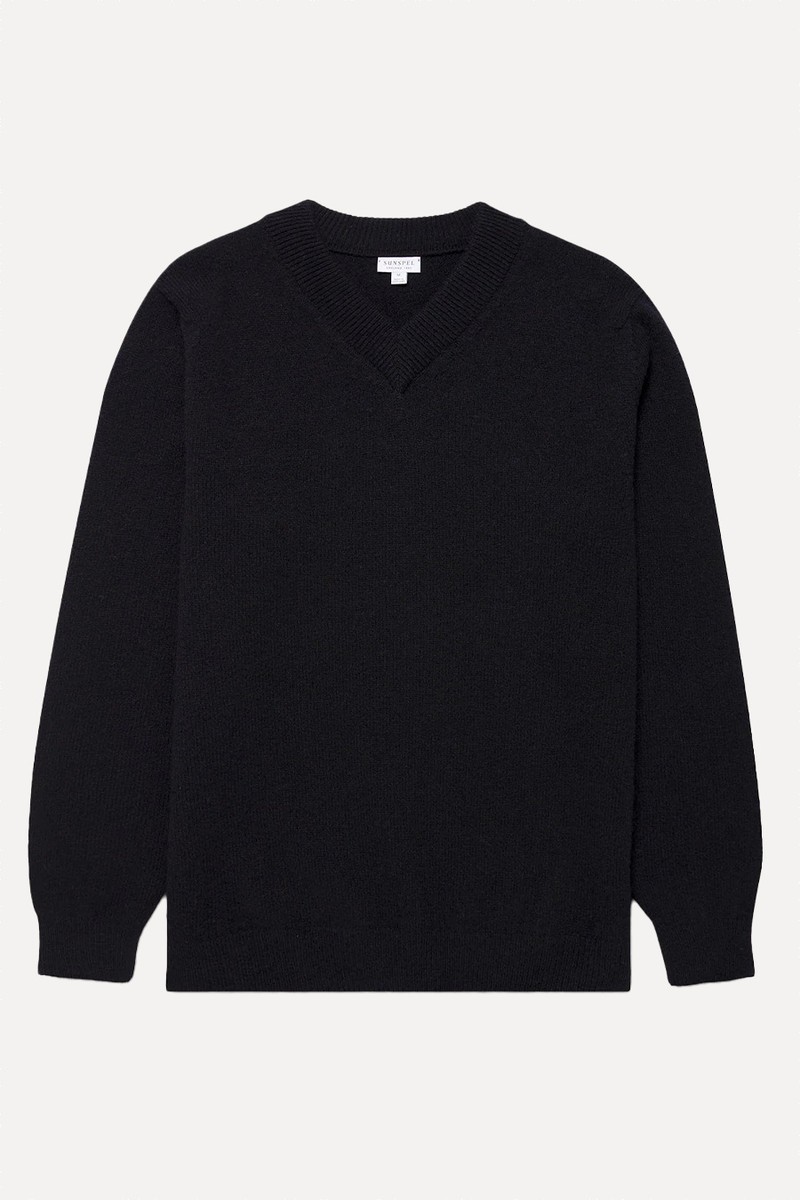
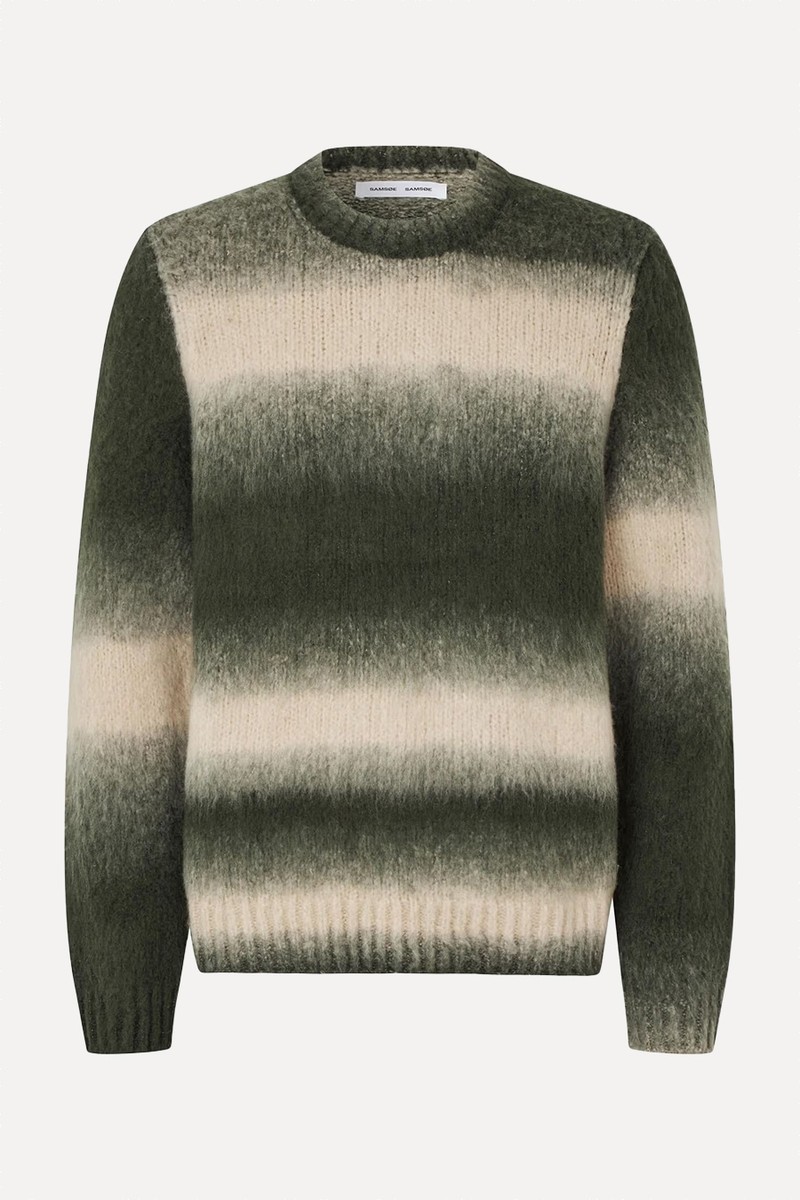
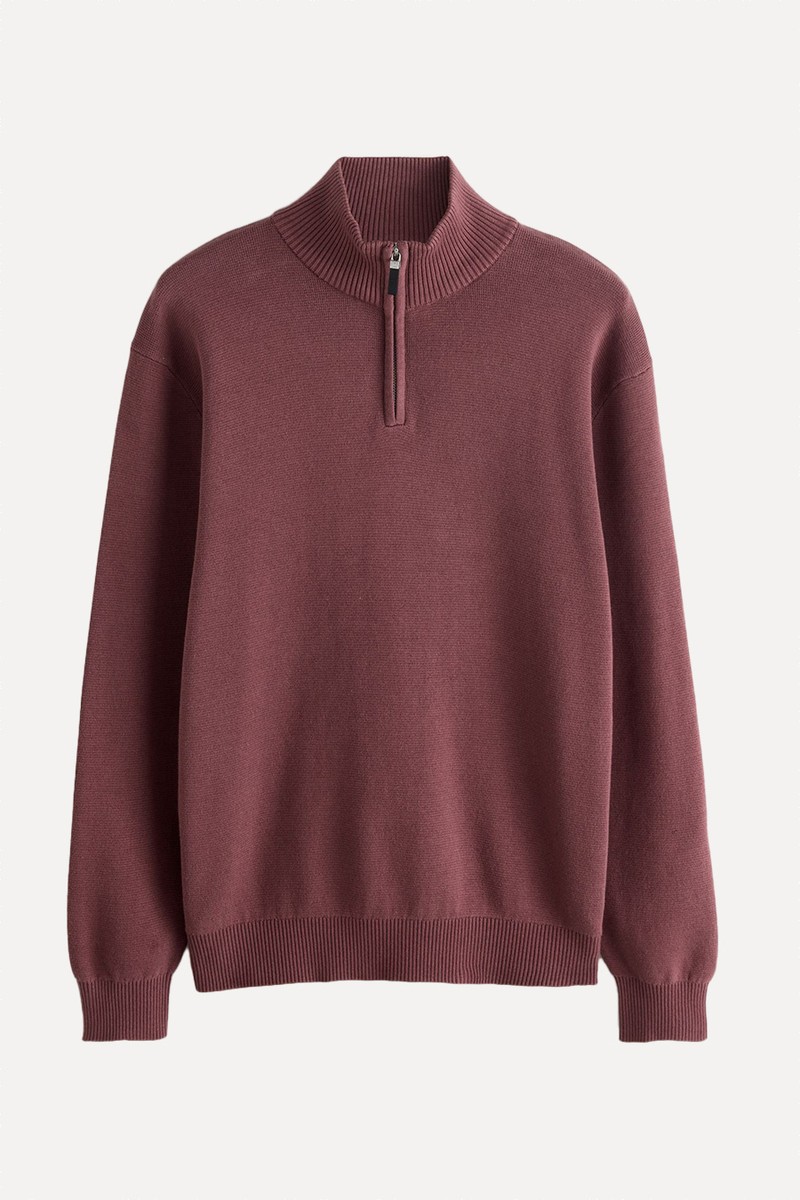
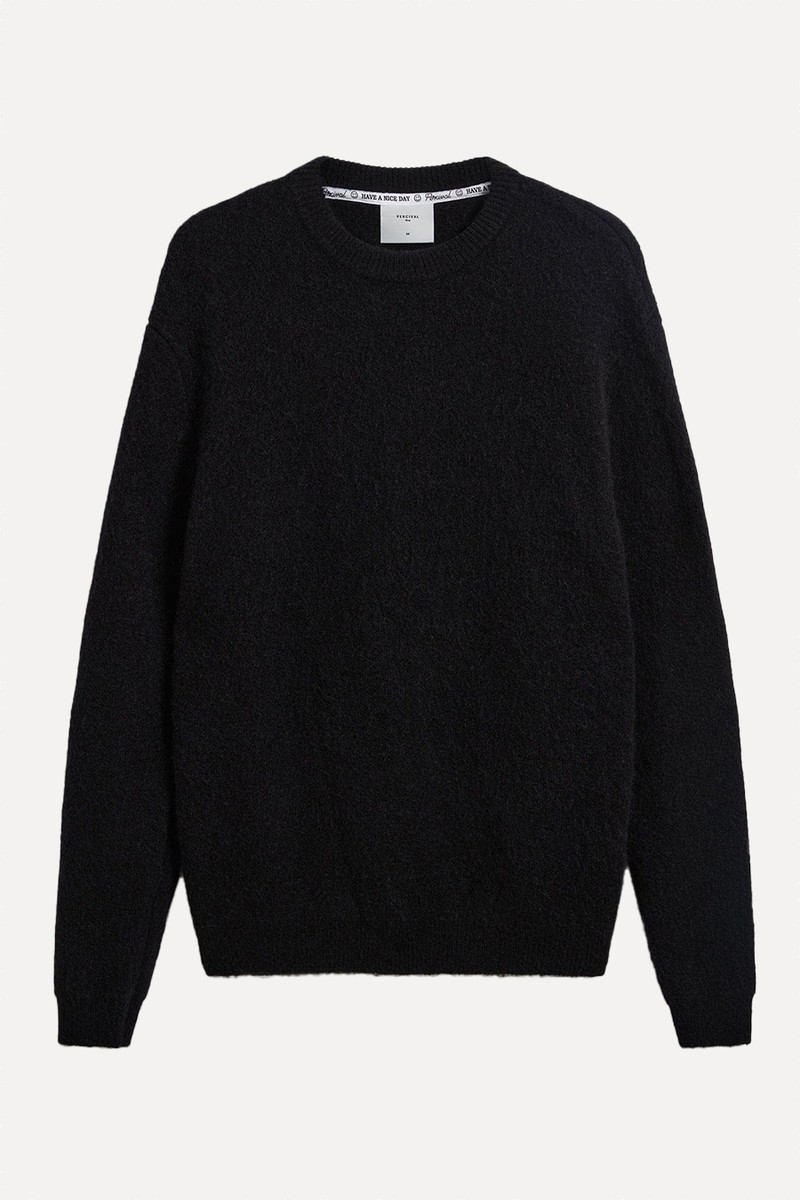
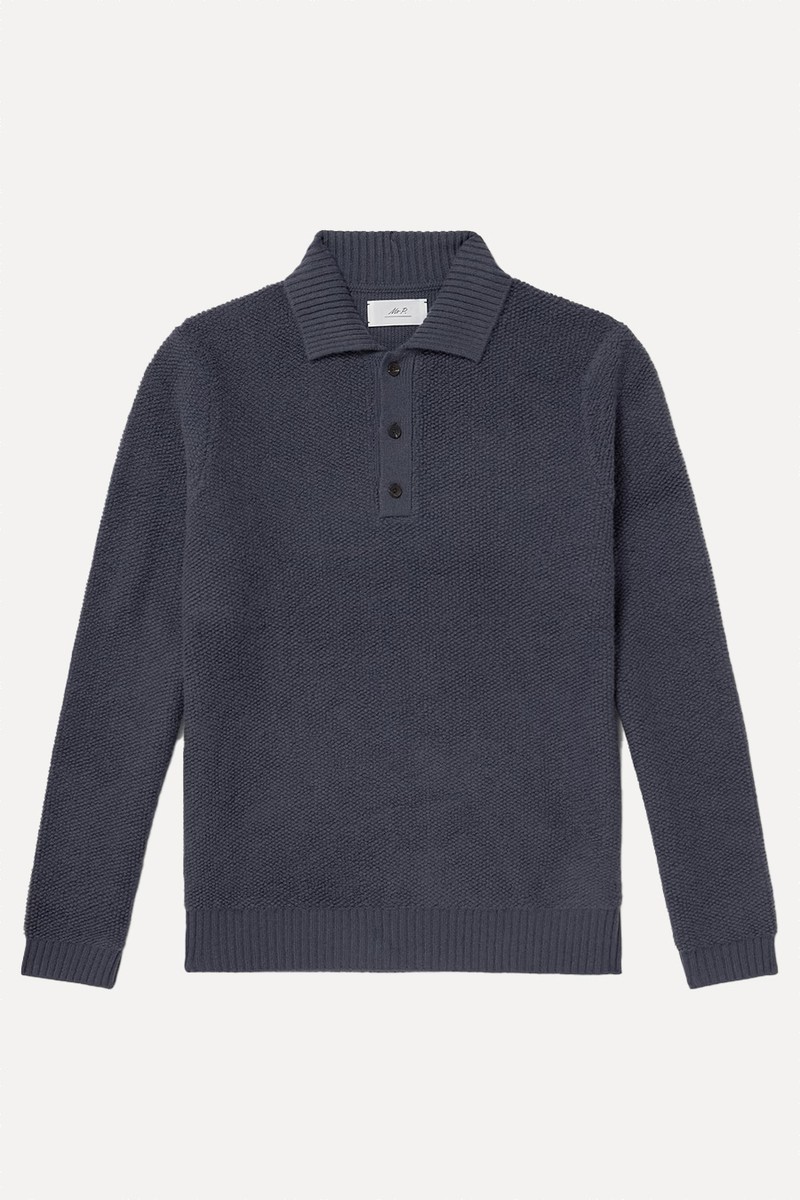
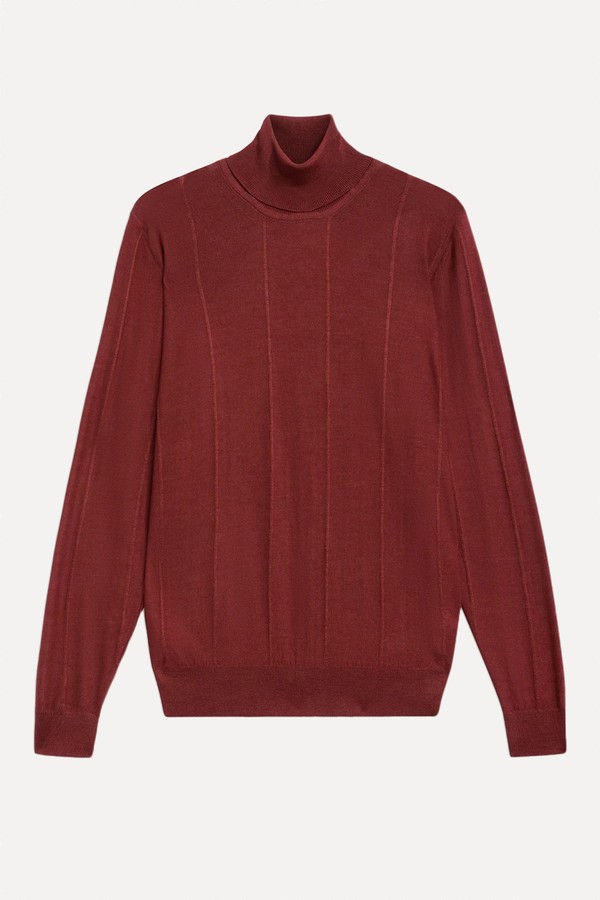




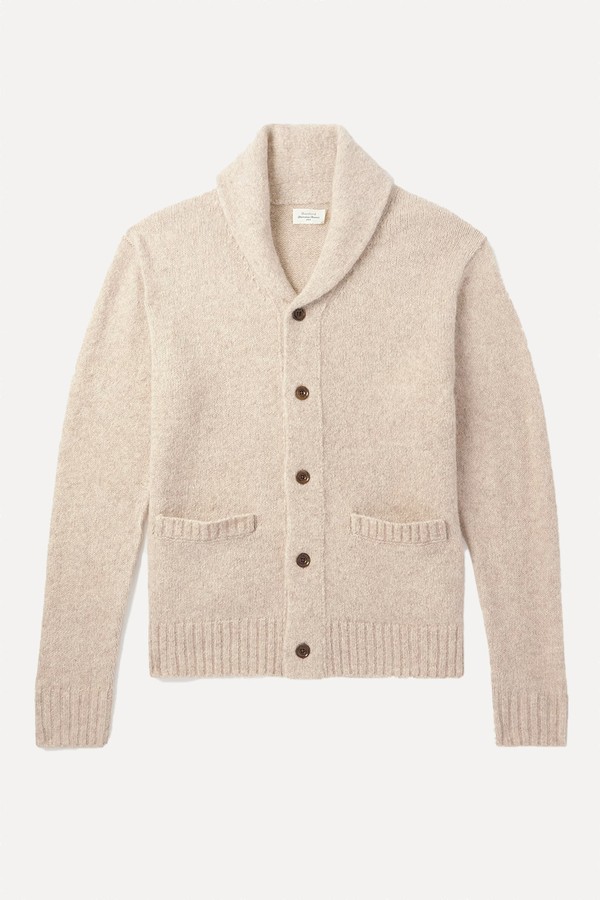
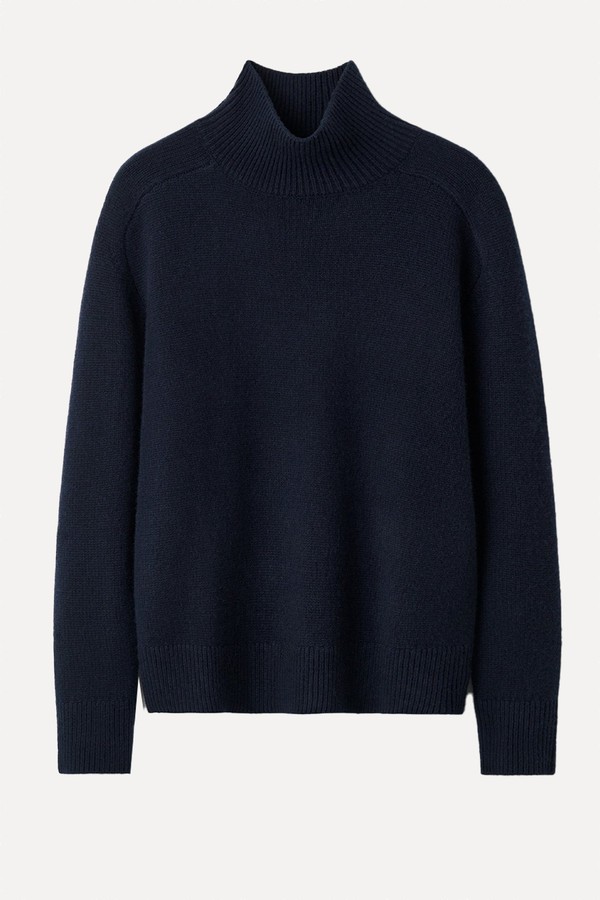
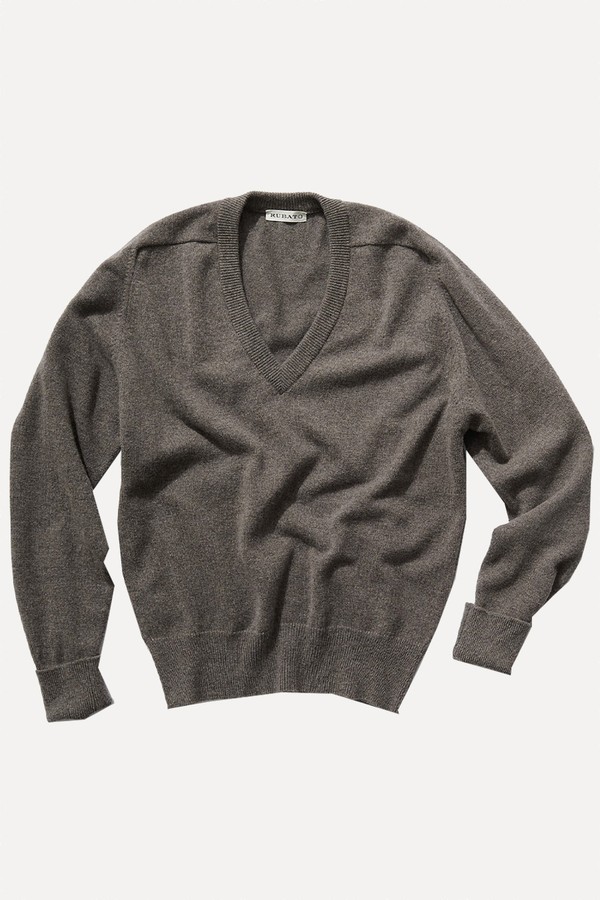


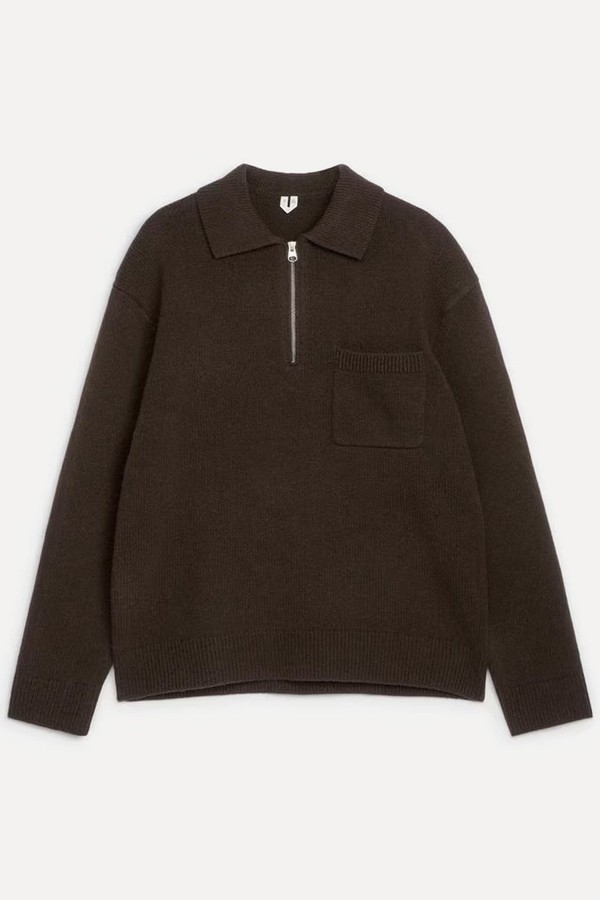
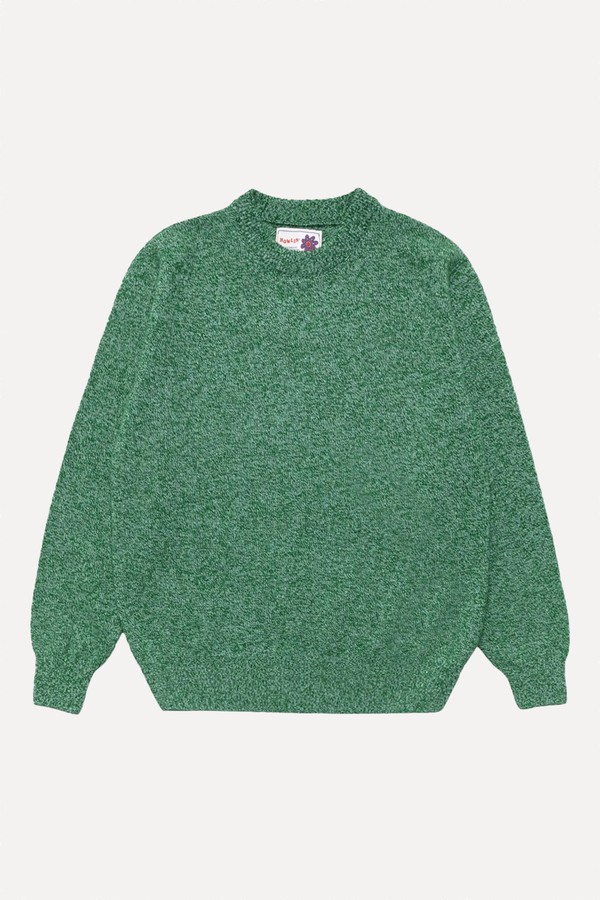
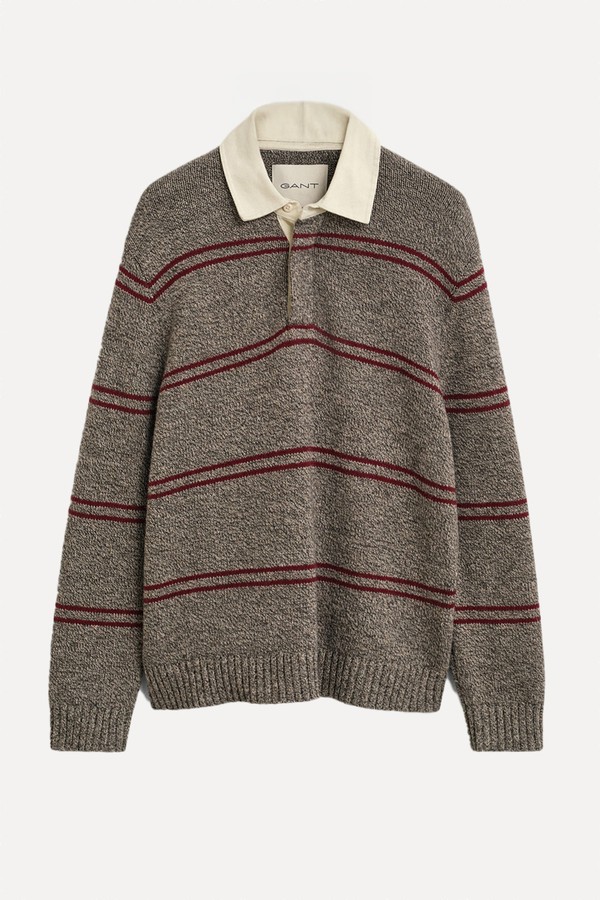


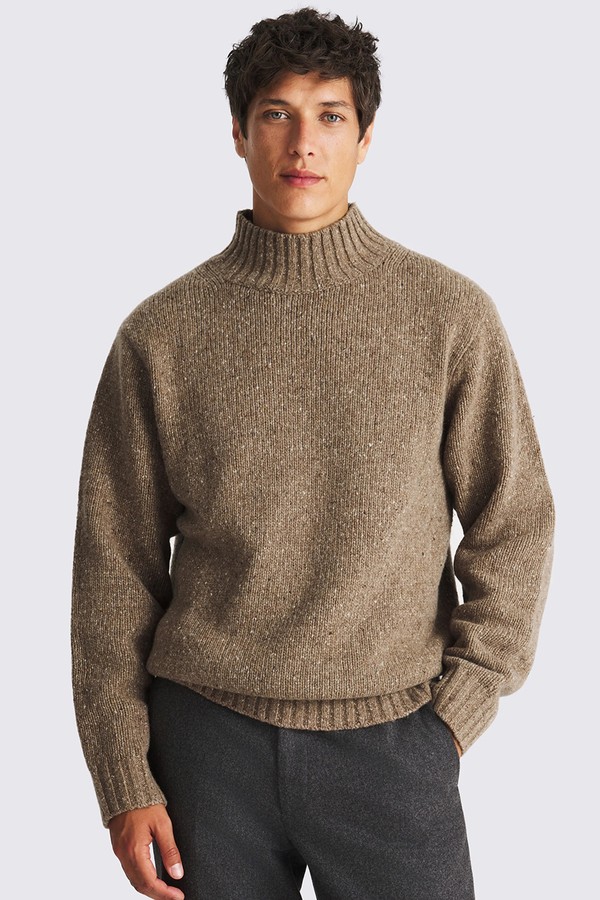

/https%3A%2F%2Fslman.com%2Fsites%2Fslman%2Ffiles%2Farticles%2F2025%2F11%2Fsl-man-mango-knitted-wool-blend-cardi-fb.jpg?itok=AuWcRjA9)
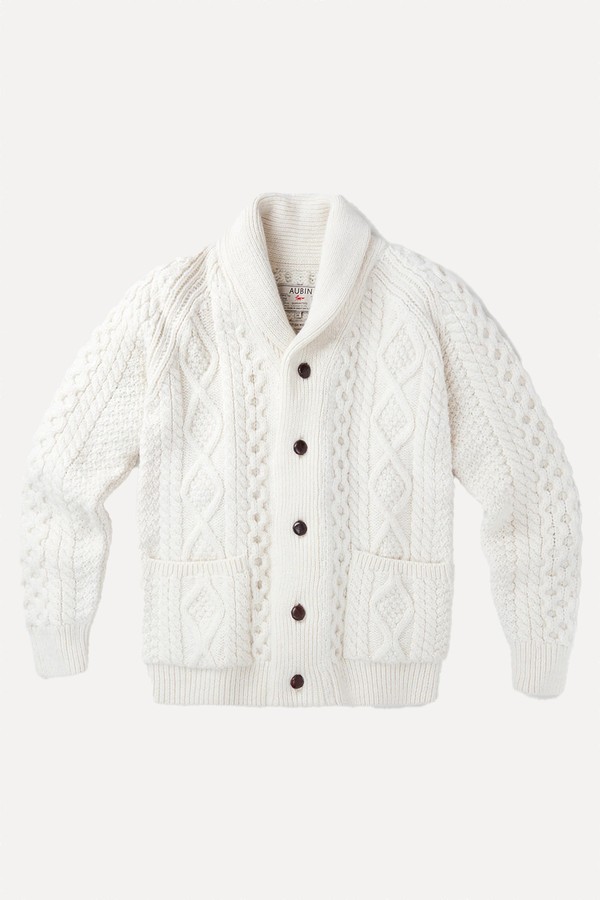

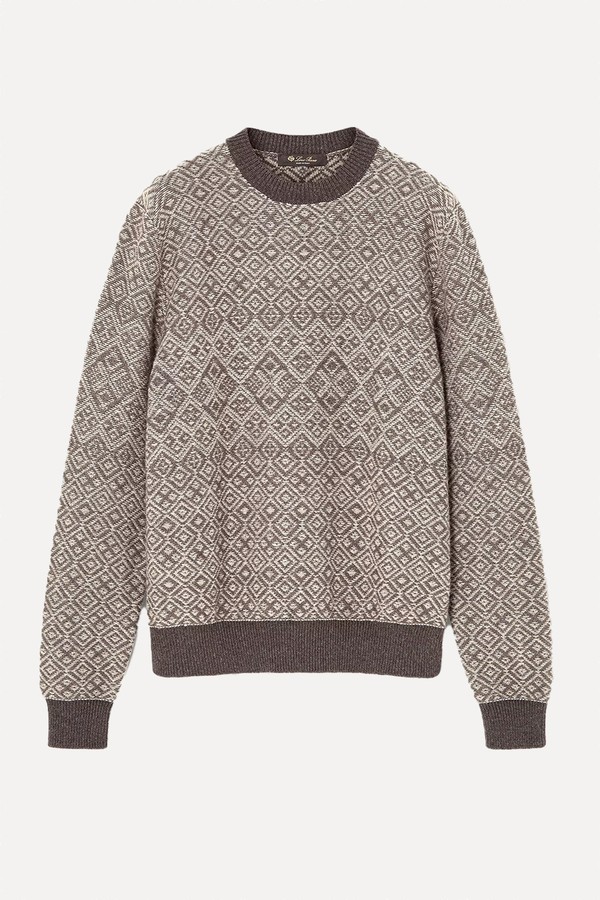
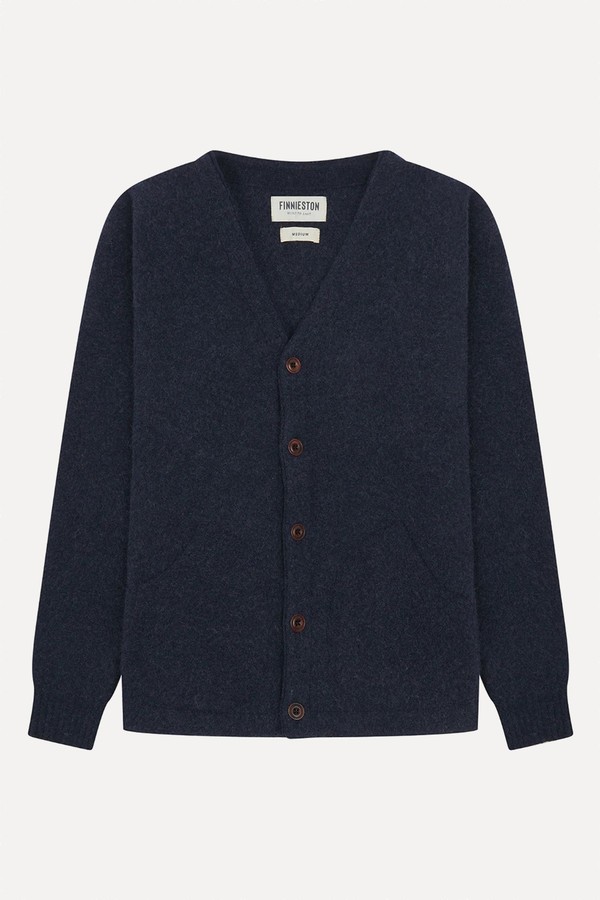
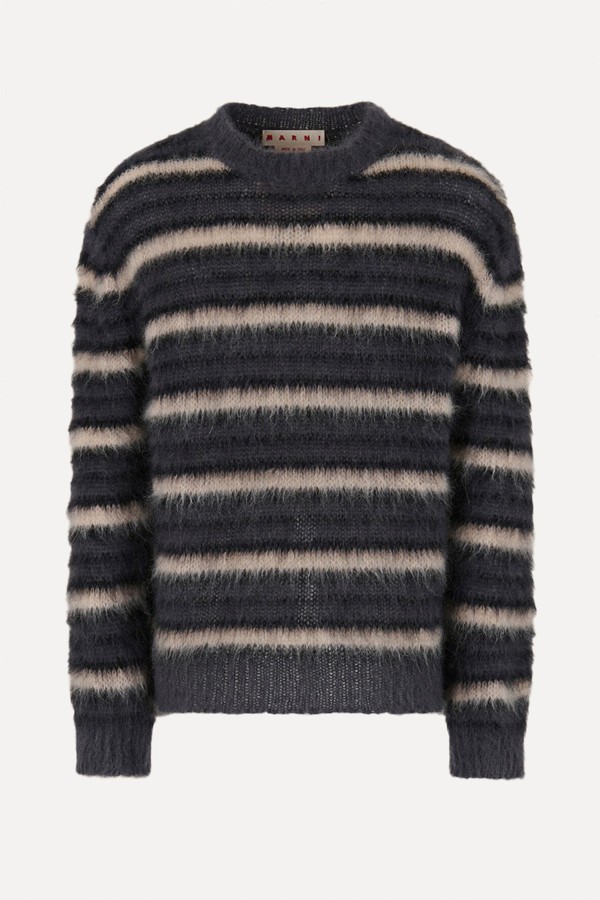

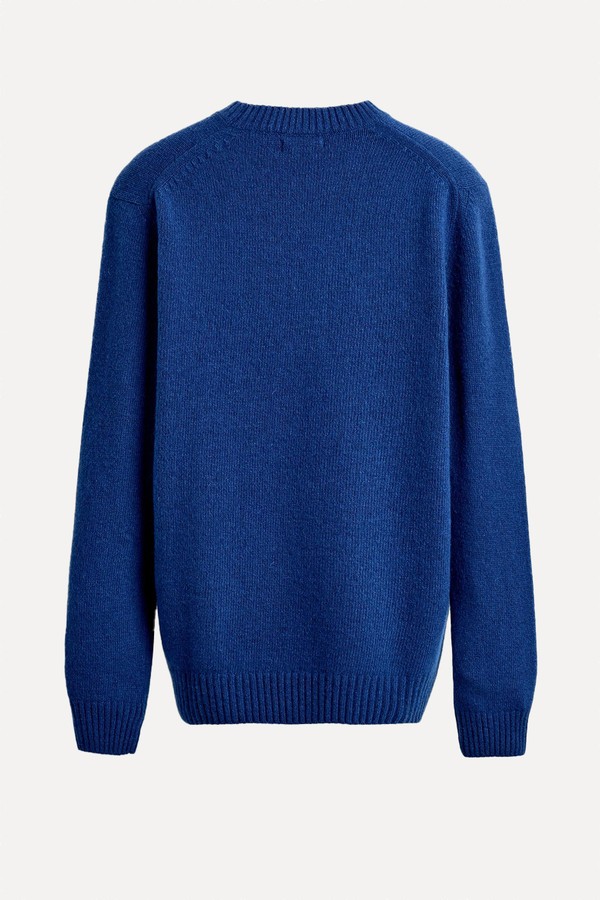
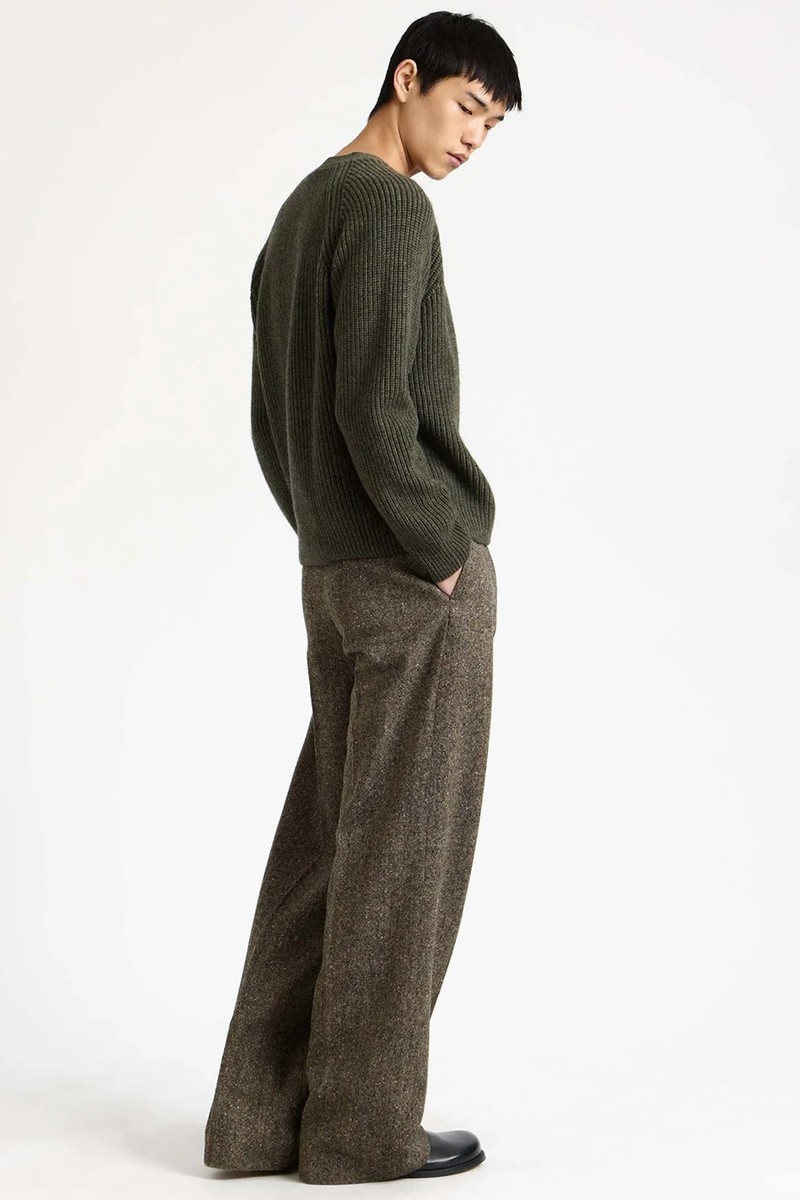
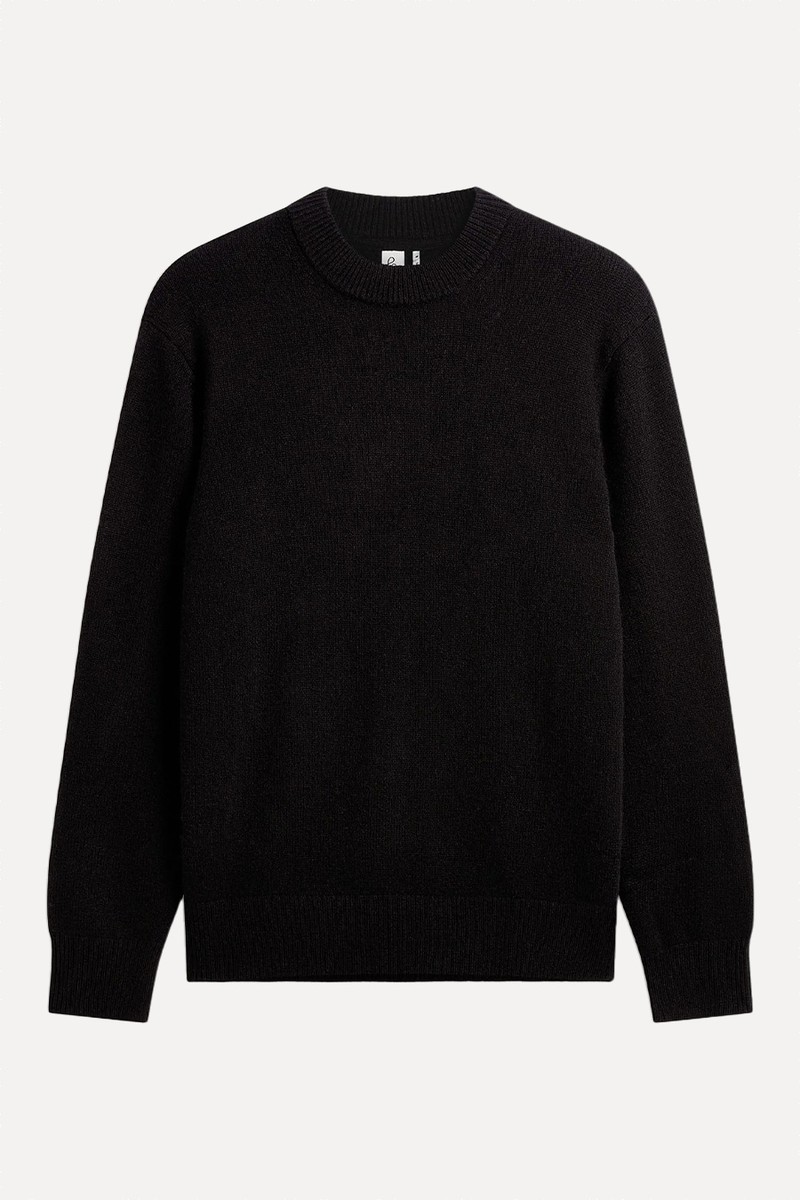
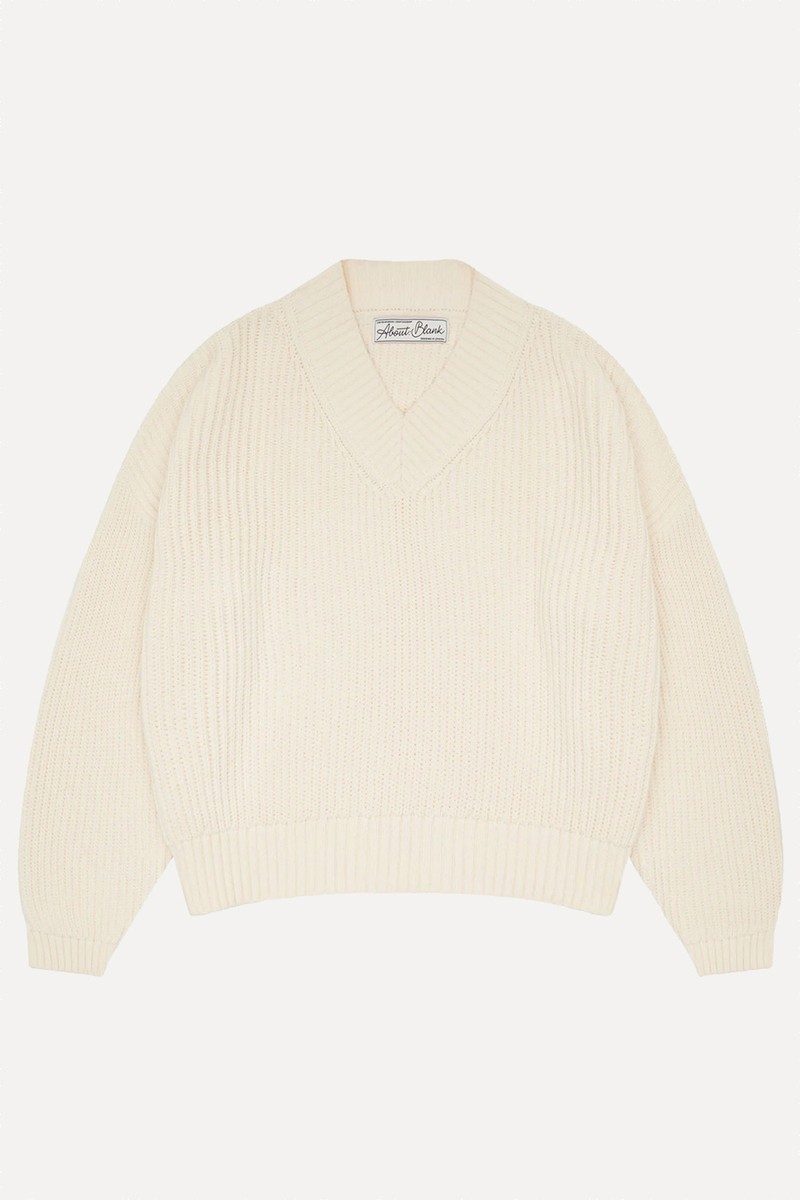
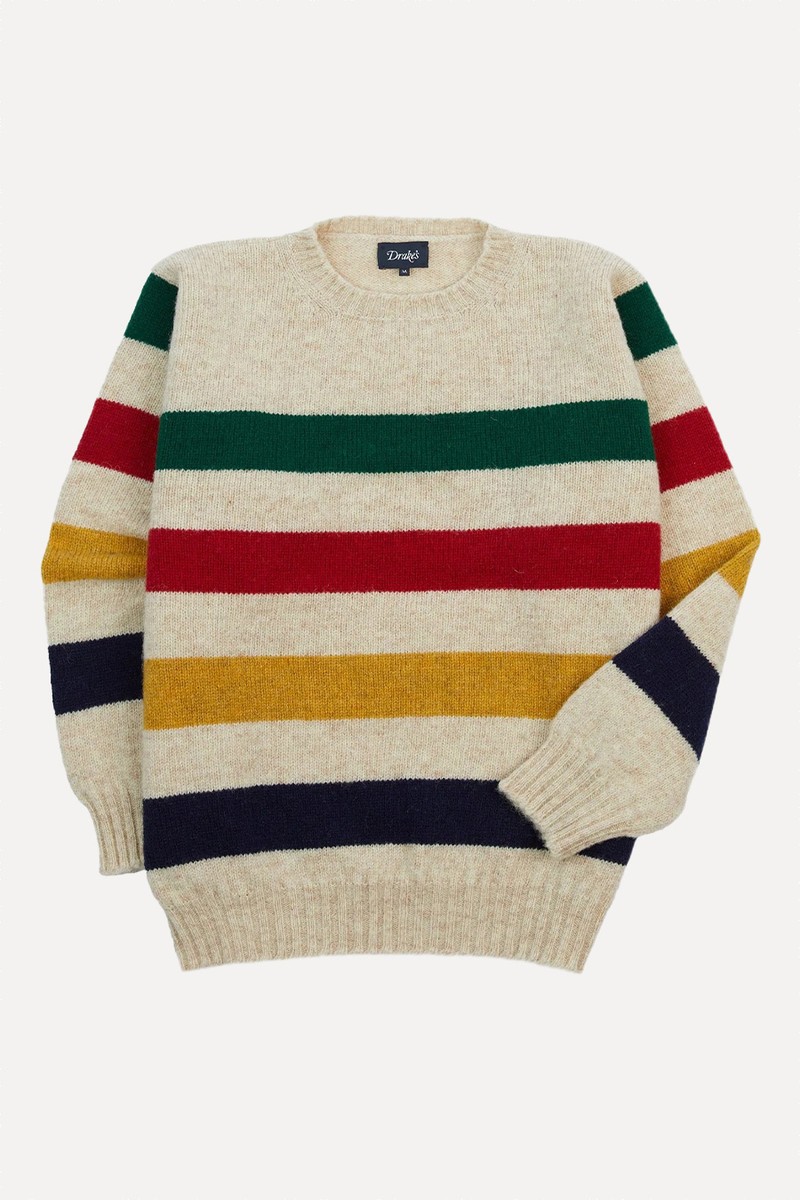
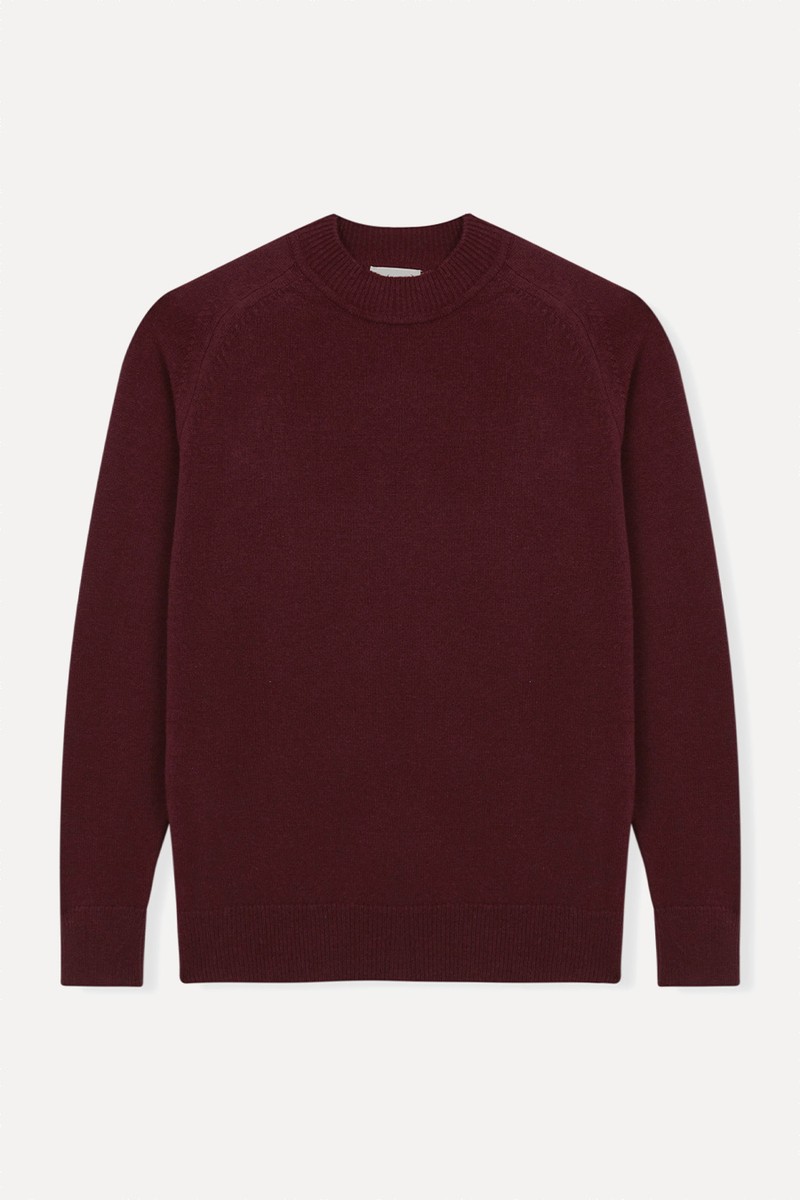
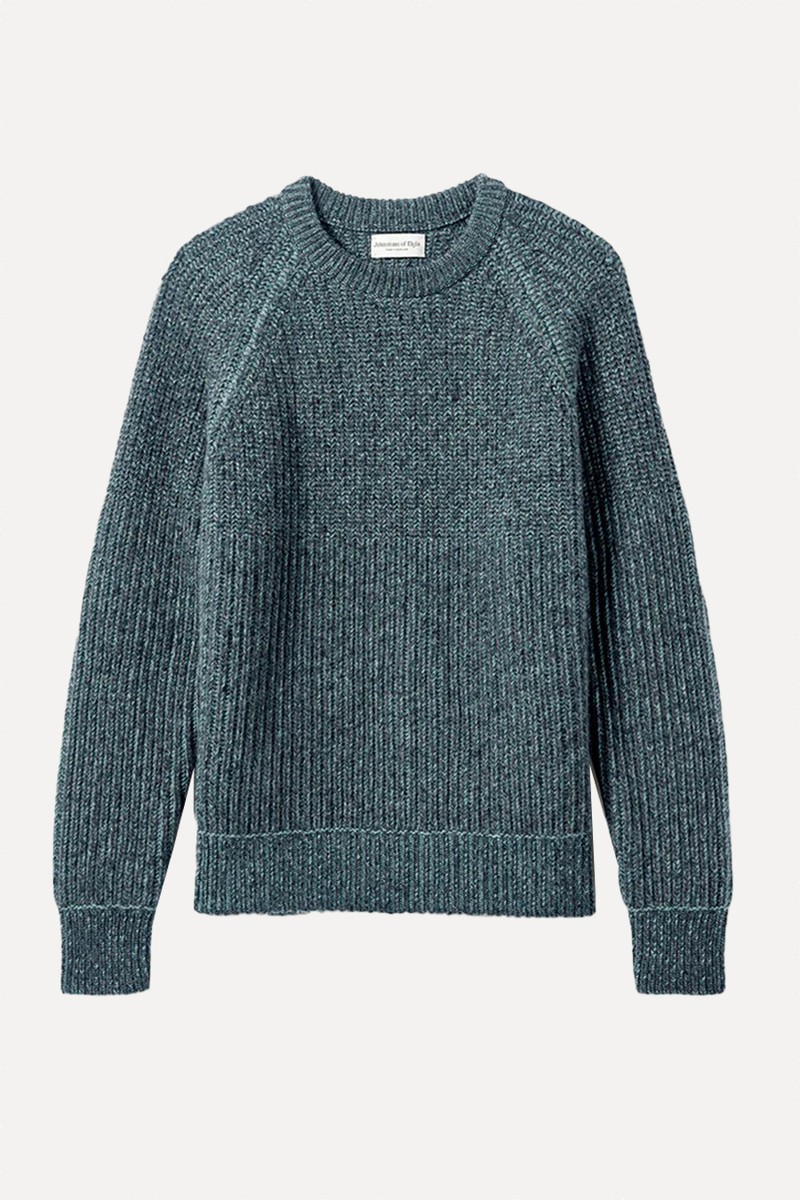
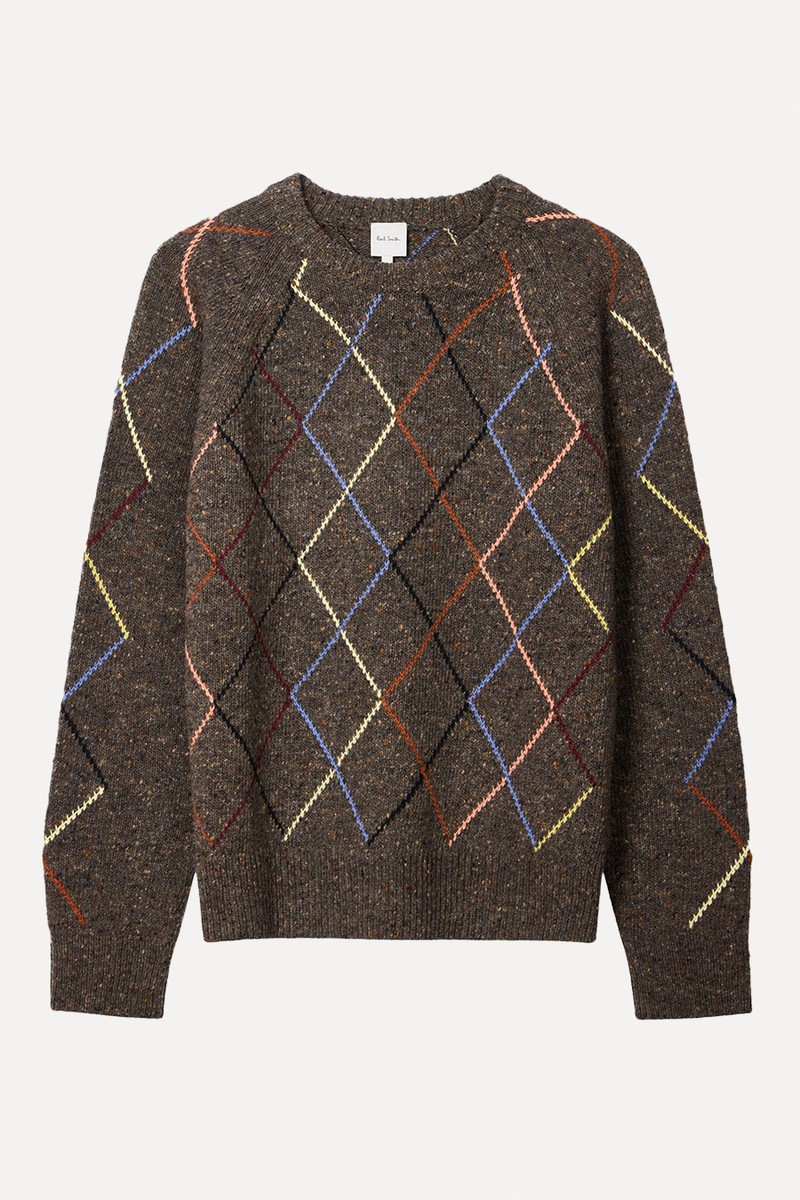
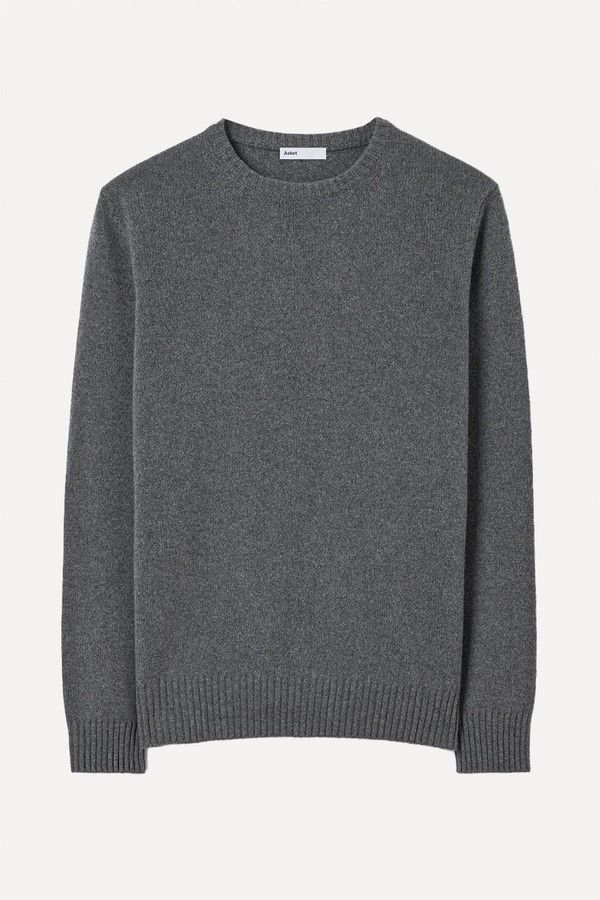
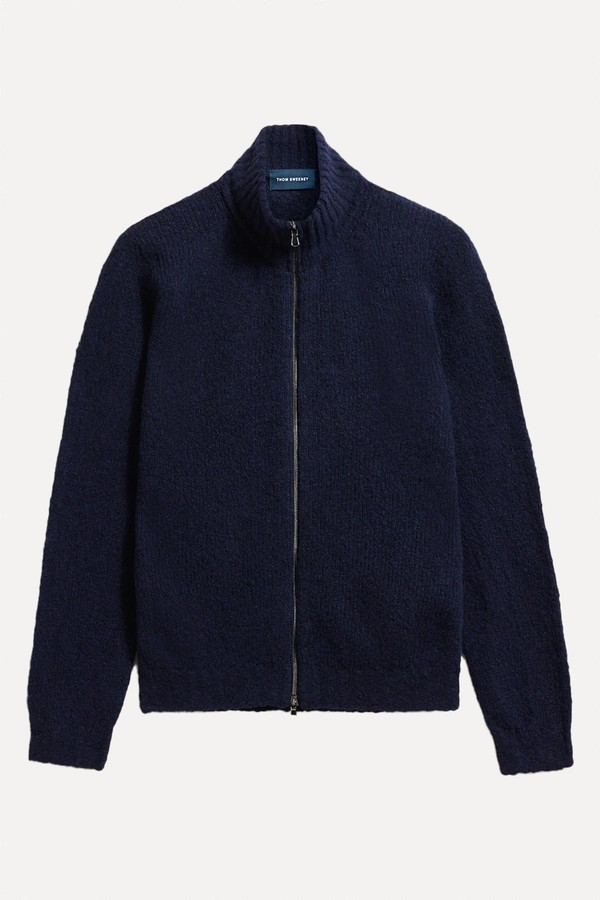

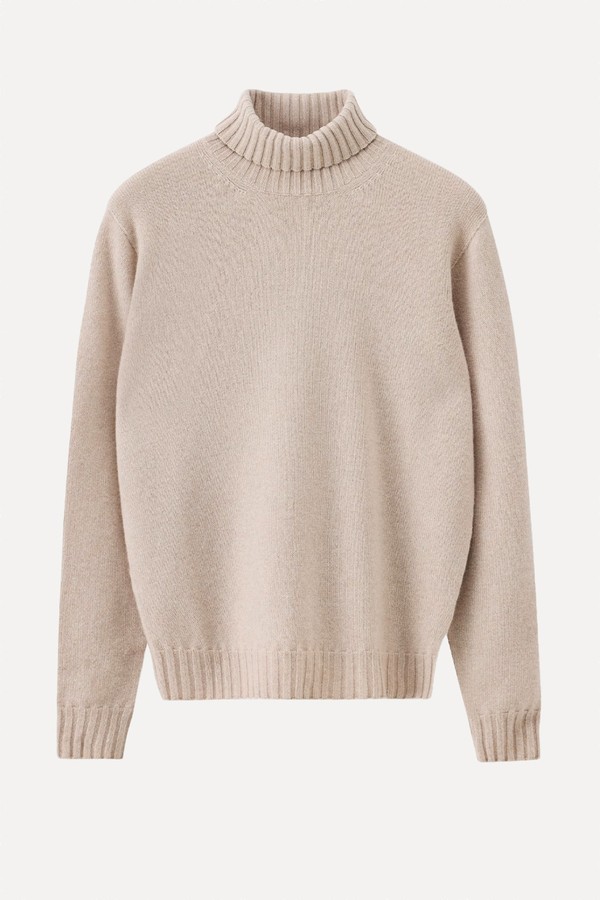
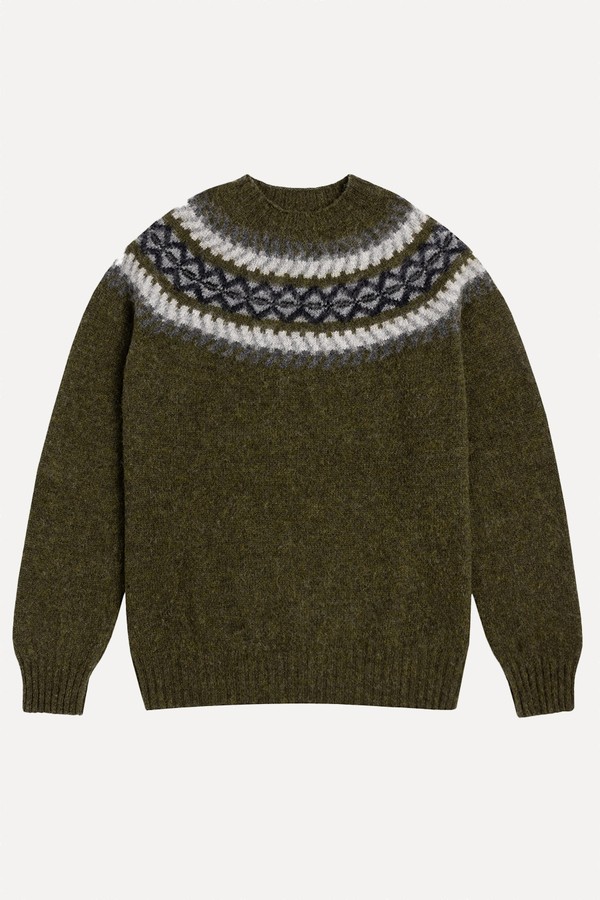
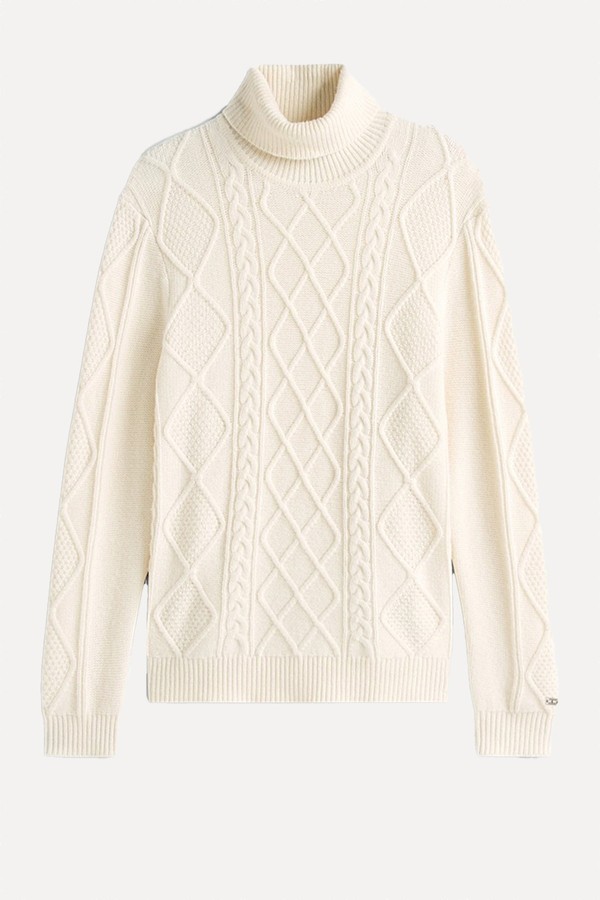
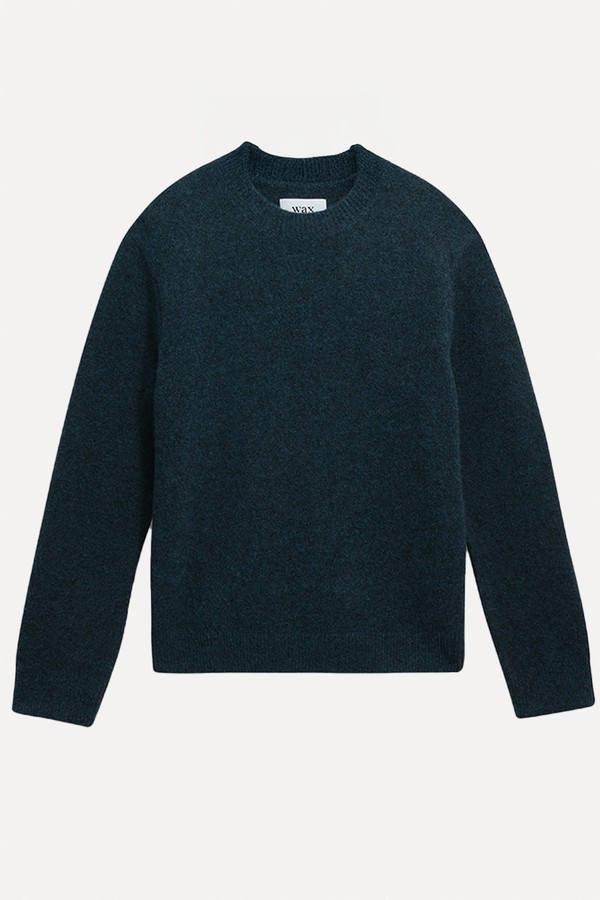
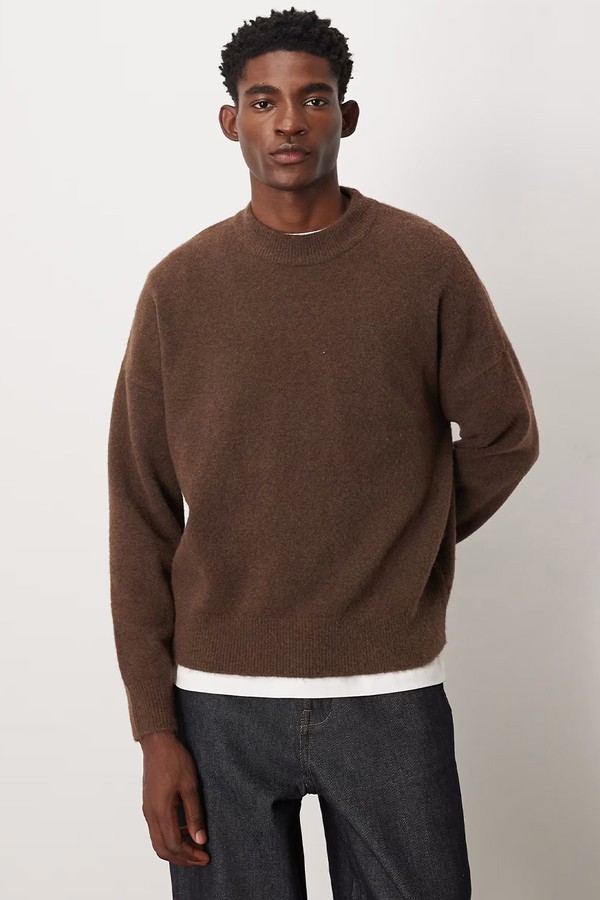
All products on this page have been selected by our editorial team, however we may make commission on some products.
DISCLAIMER: We endeavour to always credit the correct original source of every image we use. If you think a credit may be incorrect, please contact us at [email protected].


/https%3A%2F%2Fslman.com%2Fsites%2Fslman%2Ffiles%2Farticles%2F2025%2F11%2Fsl-man-knitwear-care-credit-howlinknitwear.jpg?itok=WVf2FtGL)

